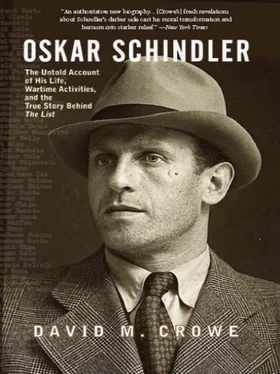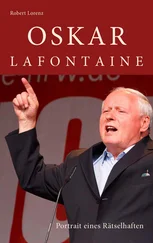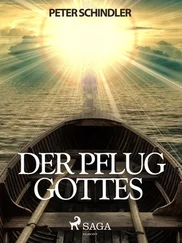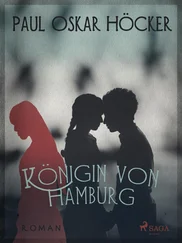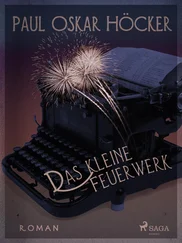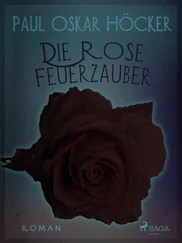Major Franz von Korab commanded Abwehr operations in TZšín and later, Kraków. Over time, Schindler and von Korab became close friends. In his 1951 letter to Fritz Lang, Oskar described von Korab as his “best friend in the Krakower years.” According to Emilie, Major von Korab’s mother was Jewish. For a long time, he was able to keep this a secret until one of his nephews inadvertently slipped and let the authorities know about his uncle’s secret. Major Korab was stripped of his rank and military honors and kicked out of the military. He spent the last year of the war in Prague, where he was killed by Czech partisans because he was a German-speaking civilian. Von Korab’s wife then moved to Vienna, where she lived after the war. Emilie said that Major Korab looked like the classic Aryan Nazi with his blond looks and “Appolonian” stature. She felt that despite his Jewish background, Major Korab “represented better than most, including the Führer himself, the paragons of race and beauty that Nazism was championing.” According to Robin O’Neil, Korab made the initial contacts that enabled Oskar to lease a former Jewish factory in Kraków after the war began. Two months after the war ended, Oskar thanked von Korab and a handful of other German officers for their courageous efforts to help Jews. 59
Leutnant Lang worked closely with Oskar in Mährisch Ostrau and with Leutnant György, who often went by the civilian name of Dr. Greiner. Sepp Aue reported that before the German takeover of what remained of Bohemia and Moravia in March 1939, he frequently saw Schindler give Lang and György “various papers, packages” and other “luggage” or “baggage” (zavazadla), an indication that Oskar supplied the two German agents with a great deal of information about the Czech military. Lang originally worked for Abwehr in Opava; after the conquest of Poland he was transferred to Prague. During the war, he was released from military service because of a serious motorcycle accident injury. 60
Indications are that Oskar’s German superiors thought highly of him. According to Alois Polansky, he received numerous awards, including a Horch, an extremely expensive road car designed by August Horch, the founder of Audi, for his work in 1938 and 1939. But according to Eva Marta Kisza, one of Schindler’s mistresses, the two of them were walking down a Berlin street when Oskar spotted a light blue Horch in a showroom window. Emilie said that the luxurious two-seater Horch had been made for the Shah of Iran, but because of the war, it was never delivered. Eva added that the impulsive Oskar fell in love with the car and convinced his Abwehr superiors to give him the money to buy it. During the war he had the Horch painted gray. The car became Oskar’s most prized possession and he used it to escape capture by Soviet troops at the end of World War II. 61
Since this all took place during the war, Oskar probably never returned to the business world. More than likely, Schindler never fully left Abwehr. Those who work in intelligence are forever sworn to secrecy. As will be seen later, the fact that Abwehr sent him on a special mission to Turkey in 1940 indicates the great trust that Canaris’s organization put in his skills. 62
Yet what were the principal fruits of Oskar Schindler’s espionage efforts in the spring and summer of 1939? According to Dr. Mečislav Borak, Schindler was involved in German plans for the invasion of Poland, particularly the seizure of the Gliwice radio station and the takeover of the Jablunkov Pass railway tunnel and tracks during the early hours of the German attack. However, Professor Jaroslav Valenta of the Historical Institute of the Czech Academy of Sciences doubts that Schindler played much of a role in the seizure of the radio station at Gliwice because this was not in his area of operation; moreover, the seizure was controlled by the SS and the SD, though supported by Abwehr. According to Professor Valenta, most historic evidence tends to support this conclusion. Still, direct and indirect evidence does suggest that Oskar played an active role in German efforts to seize the Jablunkov Pass. 63
Abwehr, Schindler, and the Invasion of Poland
As Britain, France, and the Soviet Union searched for ways diplomatically and militarily to thwart a German invasion of Poland in the spring and early summer of 1939, the Wehrmacht and Abwehr moved ahead with plans for the invasion of Poland. 64If there was an uncertain factor in this planning, it was the response of the Soviet Union to an invasion of Poland. German military planners had assumed that the Poles would try to hold back German forces long enough for Stalin to respond. This never happened. As Anglo-French-Soviet talks faltered over Stalin’s insistence that he be given the right to act defensively against any country on his western frontier that seemed to be moving into the German camp, low-level nonaggression talks began between Moscow and Berlin. Though they did not bear fruit until August 23 and 24, 1939, the talks between Germany and the Soviet Union removed the immediate prospect of war between these two countries and made Stalin an active participant in the takeover of Poland. 65
Once Hitler was certain that an agreement with Stalin was possible, he established the final timetable for the attack on Poland. On August 12, 1939, Canaris put all his espionage units on full alert. Two days later, Hitler met with his Wehrmacht chiefs in his Berghof mountain retreat outside Munich. The following day, Canaris ordered his commando and sabotage units to move into position in Poland. On August 19, two trucks from Abwehr II delivered uniforms to the SD for the 364 Abwehr and SS operatives who were to take part in the phony assaults just inside Poland. Three days later, Hitler met again with a larger body of Wehrmacht commanders, including Canaris. Also in attendance was Hermann Göring, who was about to be named head of the Ministerial Council for the Defense of the Reich (Ministerrat für die Reichsverteidigung) and Hitler’s official successor, and Foreign Minister Joachim von Ribbentrop. On Hitler’s instructions, all his top officers wore civilian clothing. At the end of the meeting, which, as usual, the Führer dominated, he told his military leaders that he expected the attack on Poland to begin in four days. His parting words: “I have done my duty. Now do yours.” 66
At 4:05 P.M. on August 25, the Wehrmacht High Command under General Wilhelm Keitel issued the order to invade Poland. Canaris immediately sent his combat and sabotage teams into action. Two and a half hours later, though, Keitel ordered his units to stand down at 8:30 P.M. because of new political developments. Great Britain, which Hitler had hoped to isolate through an alliance offer, instead signed a mutual assistance treaty with Poland that day. Benito Mussolini, Hitler’s Pact of Steel ally, now informed the Führer that Italy was militarily unprepared to join in a war that would probably include Britain and France. Oberst Edwin Lahousen frantically informed Admiral Canaris that his agents overseeing the attack on the Jablunkov Pass railway tunnel had lost contact with the sabotage team under Leutnant Hans-Albrecht Herzner. The fear now was that Herzner’s squad would provoke the very war that the Führer had just called off. Desperate Abwehr II radio operators in Germany and northern Slovakia did everything possible to contact the missing unit. Oskar Schindler’s Commando VIII unit was the main physical link to Herzner’s squad. On the morning of August 26, Oskar’s team informed Abwehr headquarters that it had heard reports of heavy rifle fire near the Jablunkov Pass and concluded that it was probably Leutnant Herzner’s unit. 67
Читать дальше
